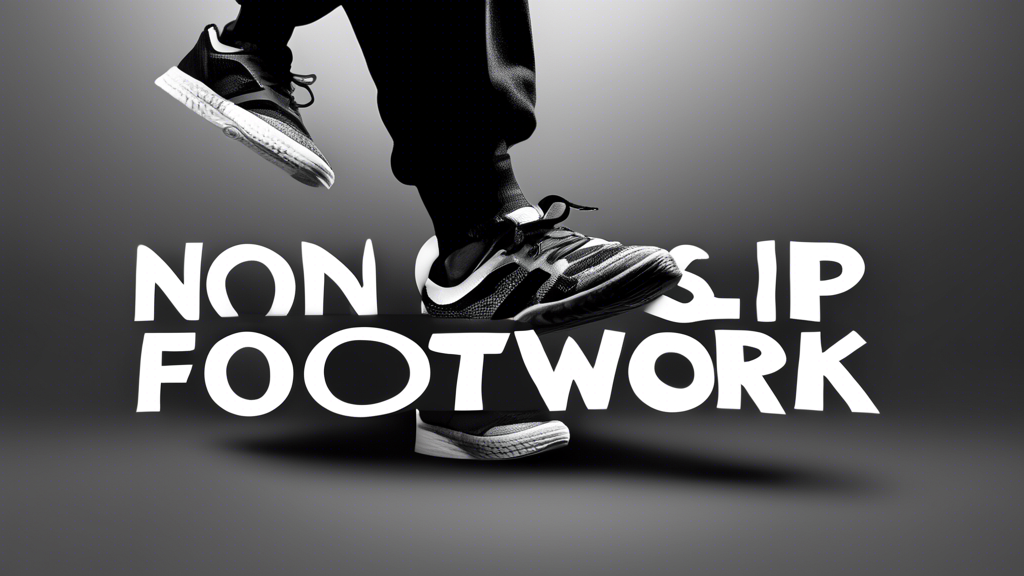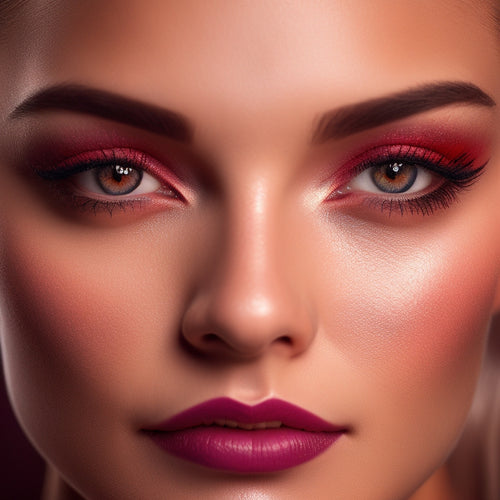
Non-Slip Footwork: Top 10 Sole Tips for Hip Hop
Share
Get ready to master the art of non-slip footwork and conquer the dance floor like a seasoned hip hop pro! As a devoted advocate for the rhythmic power of hip hop, I'm excited to share my exclusive top 10 tips for keeping your feet firmly rooted while you bust out those sick moves.
Common Issues and Concerns
Let's face it, slipping and sliding can be a major buzzkill when you're trying to flow. But fear not! We'll tackle the most common footwork woes and provide practical solutions to ensure you stay grounded and moving with confidence.
1. Choose the Right Shoes
Your footwear is the foundation of non-slip footwork. Opt for shoes with high-traction rubber soles, such as those specifically designed for hip hop or dance. Avoid shoes with smooth leather or canvas soles, as they offer less grip.
2. Use Shoe Grips or Anti-Slip Insoles
Enhance your shoes' grip with shoe grips or anti-slip insoles. These clever accessories create additional friction between your feet and the dance surface, preventing slippage.
3. Clean Your Shoes Regularly
Dirt and debris can accumulate on your shoe soles, reducing their traction. Make it a habit to clean your shoes thoroughly after each practice or performance.
4. Practice on Different Surfaces
Don't confine your footwork to studio floors only. Practice on various surfaces, such as concrete or linoleum, to accustom your feet to different levels of traction.
5. Use a Dance Mat
Dance mats provide a dedicated surface with high friction, allowing you to practice footwork without worrying about slipping.
6. Focus on Ankle and Toe Strength
Strong ankles and toes improve your balance and foot control, reducing the risk of slipping. Incorporate ankle and toe strengthening exercises into your training regimen.
7. Master the Digging Technique
Learn the digging technique, where you push your feet into the floor to create maximum friction and prevent sliding. This technique is essential for complex footwork.
8. Use Toe Stops
Toe stops are small rubber pads attached to the toes of your dance shoes. They provide extra grip and stability, especially when performing quick turns or slides.
9. Experiment with Socks
Certain types of socks can enhance your footwork. For example, non-slip socks or moisture-wicking socks can reduce friction between your feet and the shoes.
10. Seek Professional Guidance
If you're struggling with non-slip footwork, consider seeking guidance from an experienced hip hop instructor or dance professional. They can provide personalized advice and help you identify areas for improvement.
Conclusion
Mastering non-slip footwork empowers you to elevate your hip hop skills to new heights. By implementing these top 10 tips, you'll dance with confidence, knowing that your feet will stay grounded and ready to conquer any beat that comes your way.
Related Posts
-

Long-Lasting Dance Makeup: Tips for a Flawless Finish
To achieve a long-lasting dance makeup look, start by preparing your skin through cleansing, moisturizing, and exfoli...
-

Master Pattern Dances for Social Fun
Mastering pattern dances for social fun requires a deliberate blend of technical skill, teamwork, and practice, yield...

